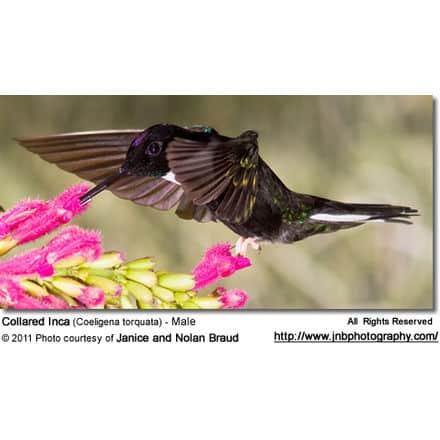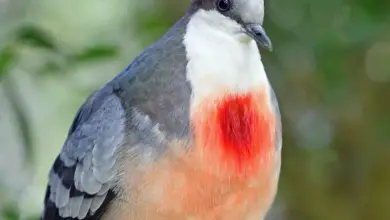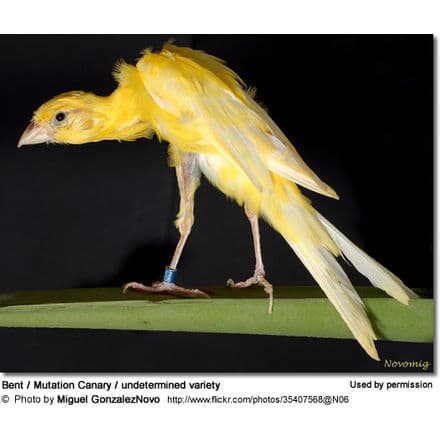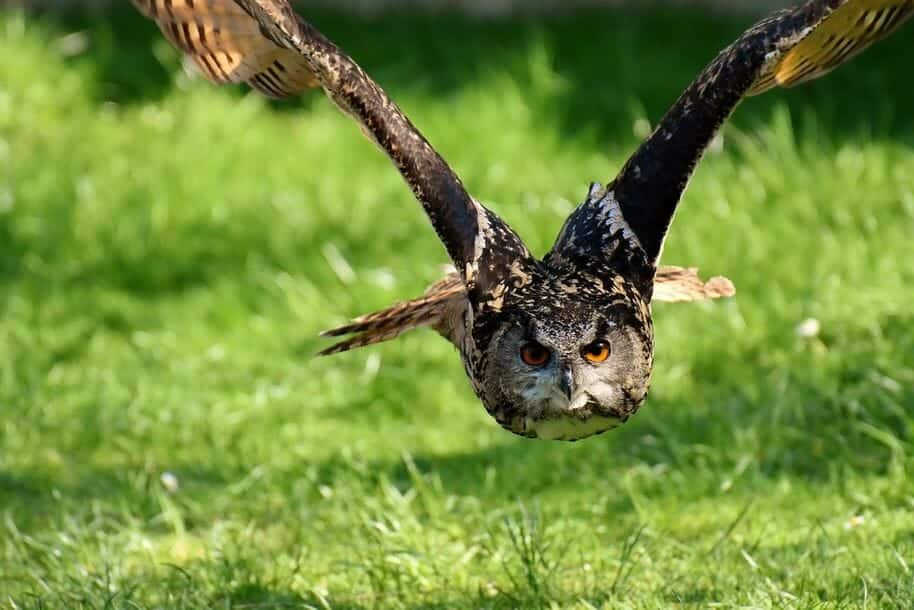Collared Inca Hummingbirds
The Collared Inca (Coeligena torquata) – also known as the Collared Inca Hummingbird – is a South American hummingbird.
Alternate (Global) Names
Spanish: Colibrí Acollarado, Inca Acollarado, Inca Collarejo .,.. French: Inca à collier … German: Krawatten Musketier, Krawattenmusketier … Czech: Inka královský … Danish: Halsbåndsinka … Finnish: Sepelinkakolibri … Italian: Colibrì inca dal collare, Inca dal collare … Japanese: shiroeriinkahachidori … Dutch: Gekraagde Incakolibrie, Gekraagde Inkakolibrie … Norwegian: Hvitbrystinka … Polish: elfik wstegoszyi, elfik wst?goszyi … Russian: ??????????? ???????-????, ??????????? ???????-???? … Slovak: ink golierikatý
Swedish: Brunkragad inka
Distribution / Range
The Collared Inca is found in humid Andean forests from western Venezuela, through Colombia and Ecuador, to Peru.
The Gould’s Inca that occurs naturally in southern Peru and Bolivia is sometimes considered a subspecies.
Hummingbird Resources
- Hummingbird Information
- Hummingbird Amazing Facts
- Attracting Hummingbirds to Your Garden
- Hummingbird Species
- Feeding Hummingbirds
Subspecies and Distribution
- Coeligena torquata torquata (Boissonneau, 1840) – Nominate Race
- Found in the Andes of northwestern Venezuela (Táchira) through Colombia and eastern Ecuador to northern Peru
- Coeligena torquata conradii (Bourcier, 1847)
- Found in the Andes of northwestern Venezuela (Trujillo, Mérida) and eastern Andes of Colombia.
- Found in the western Andean slopes of Ecuador.
- Found in the Andes of northern Peru (Chachapoyas).
- Found in the Andes of central Peru
- Found in southern Peru (Cordillera Vilcabamba).

Description
The male Collared Inca is mostly green / black with a white throat patch and white undertail feathers.
The female has a less defined throat patch and her colors are generally a little duller.
Nesting / Breeding
Hummingbirds are solitary in all aspects of life other than breeding; and the male’s only involvement in the reproductive process is the actual mating with the female. They neither live nor migrate in flocks; and there is no pair bond for this species. Males court females by flying in a u-shaped pattern in front of them. He will separate from the female immediately after copulation. One male may mate with several females. In all likelihood, the female will also mate with several males. The males do not participate in choosing the nest location, building the nest or raising the chicks.
The female Collared Inca is responsible for building the cup-shaped nest out of plant fibers woven together and green moss on the outside for camouflage in a protected location in a shrub, bush or tree. She lines the nest with soft plant fibers, animal hair and feather down, and strengthens the structure with spider webbing and other sticky material, giving it an elastic quality to allow it to stretch to double its size as the chicks grow and need more room. The nest is typically found on a low, skinny horizontal perch.
The average clutch consists of two white eggs, which she incubates alone, while the male defends his territory and the flowers he feeds on. The young are born blind, immobile and without any down.
The female alone protects and feeds the chicks with regurgitated food (mostly partially-digested insects since nectar is an insufficient source of protein for the growing chicks). The female pushes the food down the chicks’ throats with her long bill directly into their stomachs.
As is the case with other hummingbird species, the chicks are brooded only the first week or two, and left alone even on cooler nights after about 12 days – probably due to the small nest size. The chicks leave the nest when they are about 20 days old.

Diet / Feeding
The Collared Incas primarily feed on nectar taken from a variety of brightly colored, scented small flowers of trees, herbs, shrubs and epiphytes.





